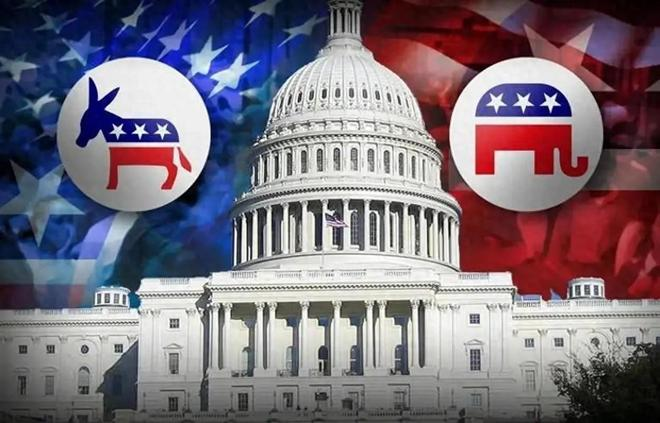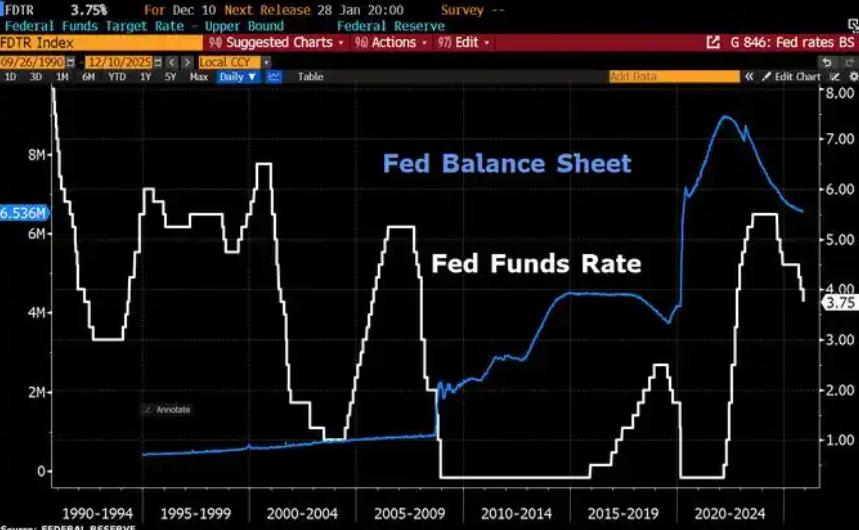
The hostility between Democrats and Republicans has intensified in recent years, and this election year will see more of the same political turmoil. The infighting between the two parties on some major issues that respond to the demands of the American people is no less powerful than a civil war. Even more lawmakers advocate a "national divorce" between "red states" controlled by Republicans and "blue states" controlled by Democrats.
The US election has been attracting much attention internationally, because it not only reshapes US domestic politics, but also brings impact and influence to international politics to some extent. The well-known US political risk consulting firm Eurasia Group listed the US election as one of the top ten global risks in 2024, which shows its impact on the United States and even the world. In the course of the election, economic, social and even judicial issues will be the variables that affect the outcome. However, the current situation of highly polarized politics, extreme social division and unprecedented ideological confrontation in the United States is accelerating the evolution of the "two Americas" narrative into reality.
The deep divisions within the United States are not new. They date back to the Constitutional Convention and the rivalry between John Adams and Thomas Jefferson. But some scholars argue that these divisions have almost never before reached the magnitude seen today, when the distance between red and blue America is growing geographically, philosophically, economically, educationally and intellectually.
The intensification of infighting between Democrats and Republicans, and how this split is accelerating the "two Americas" phenomenon, is a complex and multifaceted issue in American politics. This phenomenon is often manifested in political views, social values, economic interests, and fundamental differences about the future direction of the United States, the polarization of American society. This divide is reflected not only in the people, but also in the policies and positions of the two major political parties.
The author believes that the current situation of political polarization in the United States is caused by many reasons.
Social media and Information bubbles: The rise of social media has contributed to the formation of information bubbles, and people are increasingly exposed only to information that shares their own views, which has increased the polarization of opinions.
The differentiation of mainstream media: The political stance of the mainstream media in the United States is becoming more and more obvious, deepening the differences between the people on different political issues. Different modes of production, modes of communication and audience groups guide different social forces, and aggravate the internal division of the American society.
Gerrymandering: The practice of artificially designing electoral districts to guarantee a particular party's advantage reduces the center ground among lawmakers and increases political polarization.
Strengthening of political identity: In many people's lives, political identity has become one of the main social identities, and the growing phenomenon of "political identity" is tearing American society apart.
So what are the consequences of creating a "two Americas" narrative? The first is the stagnation of legislation. Due to the antagonism between the two parties, it is increasingly difficult for the Congress to reach consensus on important issues, leading to the obstruction of policy making and legislative process. The second is social fragmentation, which has been deepened by political polarization, making dialogue and understanding between people with different political views more difficult. The third is the intensification of electoral competition. Political polarization has led to more intense electoral competition, sometimes accompanied by violence and malicious attacks. Fourth, the decline in trust in democratic institutions, continued political struggles and disagreements have reduced the public's trust in government and democratic institutions.
The US strategy to address or mitigate this polarization should include increasing cross-party dialogue, reforming the electoral system, enhancing media accountability, and educating the public on critical thinking. But both Democrats and Republicans still have a long way to go to meaningfully change the current split.

Since 2022, the Fed has cumulatively reduced its balance sheet by $2.4 trillion through quantitative tightening (QT) policies, leading to a near depletion of liquidity in the financial system.
Since 2022, the Fed has cumulatively reduced its balance sh…
On December 11 local time, the White House once again spoke…
Fiji recently launched its first green finance classificati…
Recently, the European Commission fined Musk's X platform (…
At the end of 2025, the situation in the Caribbean suddenly…
The U.S. AI industry in 2025 is witnessing a feverish feast…